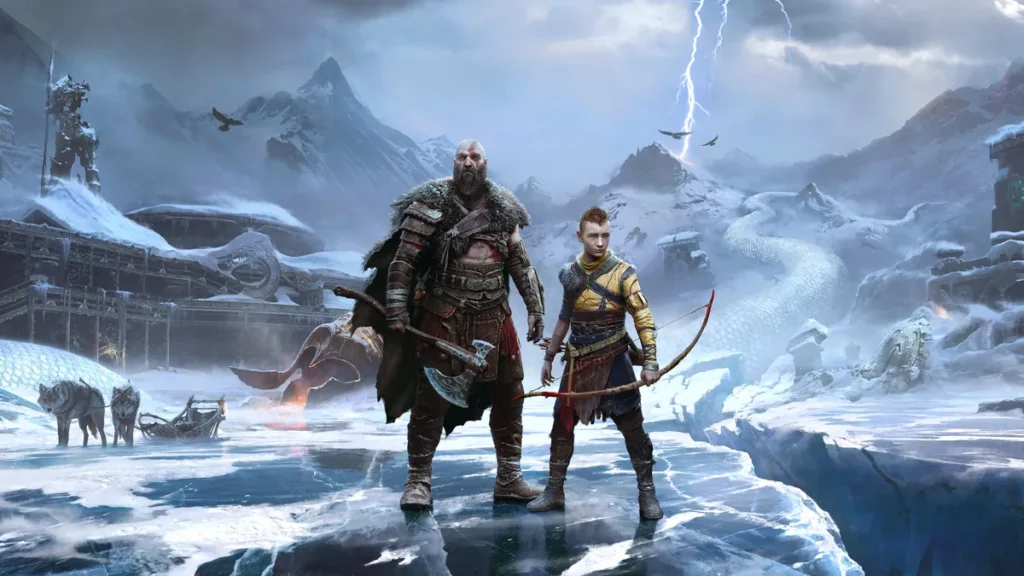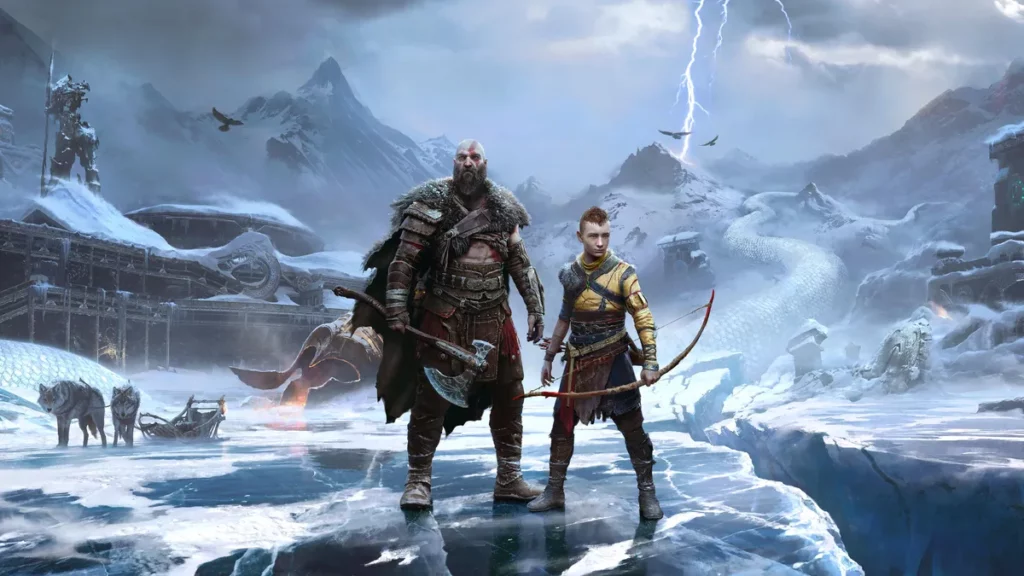
Synopsis: God of War: Ragnarok outperforms its predecessor in practically every regard, yet it lacks the innovation that distinguished the 2018 God of War game.
God of War: Ragnarok Is Magnificent, but Less Memorable Than Its Predecessor
You can never truly escape your history, no matter how hard you try. That’s what Kratos, the protagonist of God of War: Ragnarok, seeks to educate his son Atreus. But it’s a lesson that applies not only to people, but also to games. Ragnarok faces a difficult task in following up God of War, one of the best games of the PS4 generation. God of War: Ragnarok is a successful sequel. It’s a more expansive story with improved graphics and more varied gameplay. But the shadow of God of War hangs over Ragnarok, and it lacks the creativity and mysticism that made God of War a once-in-a-generation thrill.
To clarify, you should definitely play God of War: Ragnarok. It’s fantastic. Just be aware that it may not fascinate you as much as God of War 2018.
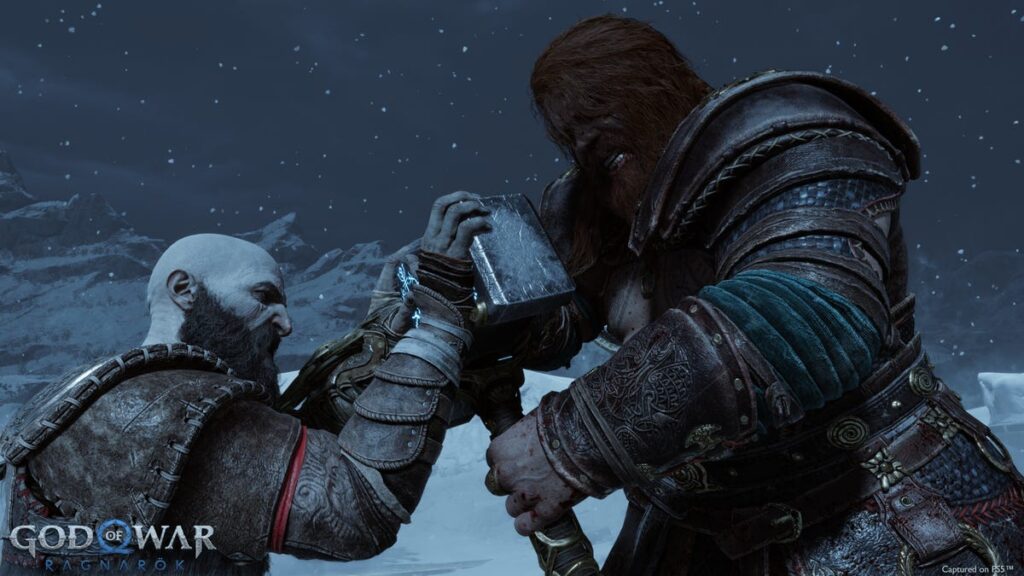
God of War was notable for the intelligent way it reimagined a classic series. The original God of War trilogy, which debuted on the PlayStation 2 in 2005, was known for its gruesome gore and violence. Santa Monica Studio capitalised on that reputation, transforming the events of the trilogy into an enticing backstory for Kratos — a magnetic history you knew would always draw him back, even if he’d somehow transplanted himself in a new Nordic realm.
Though God of War: Ragnarok is technically superior in every regard to its predecessor, it lacks the advantage of being subversive. If the 2018 version represented revolution, Ragnarok represents evolution. It was a total and fresh reinvention of a well-known franchise. Ragnarok is a more powerful version.
That’s fine. Those who rush out to buy the game when it releases on the PS4 and PS5 on November 9 will be treated to a fantastic trip. Despite its slow start, Ragnarok develops into a great game that is absolutely worth your time and money. You’ll appreciate the 40 hours it takes to complete the main quest, but don’t be surprised if you find yourself thinking wistfully at times.
God of War: Ragnarok tells a thoughtful story
Ragnarok begins in the same manner as its predecessor, with an unannounced visit from a god to Kratos’ Midgard abode. This time, it’s Thor, but a more hostile and less chiselled Thor than Marvel fans are accustomed to seeing. In the first game, Kratos and Atreus killed Thor’s half-brother and his two kids, so it’s just a matter of time before Thor thrashes Mjolnir in Kratos’ direction.
However, Atreus is told that he would discover answers to his existential problems in Thor’s realm of Asgard. Atreus is now an adolescent who wants to battle in Ragnarok and investigate the realms for clues about the Giants after realising he is a Giant named Loki in the God of War ending. Kratos, who has seen his fair share of conflict and adventure, would like the duo to stay at home and train. He knows his days are few and wants his son to be as prepared as possible for a fatherless future.
This brings us to the core of God of War: Ragnarok. Despite the title, the game isn’t about Ragnarok. And, while Odin, Thor’s father and the top Norse god, is portrayed as a heinous god who has wreaked slaughter, war, and devastation over the nine worlds, the game isn’t really about stopping him. It’s all set in the context of Kratos’ connection with his son.

The tension between the daring child and the tired parent is persistent and expertly acted. You’ll sympathise with both points of view at times and realise their stupidity at others.
I can’t say much more about Ragnarok’s story without risking spoilers, so I’ll simply say it’s a fantastic one. Despite his laconic, violent demeanour, Kratos’ vulnerability gives emotional depth to his character, confirming him as an all-time great.
He is not the only victor. Unlike many games of this scale, Ragnarok keeps a very small cast of likeable characters.
Ragnarok has limited rapid travel, and much of the time spent getting from point A to point B is taken up by character discussion. Sometimes this is just banter, while other times it fills in the gaps in Ragnarok’s extensive backstory. This is a common way of communicating important story points.
It can be hard to tell if Ragnarok is feeding you pure lore or if it’s a story element from the previous game you’re meant to remember. There’s a lot of lore to sort through here, between the classic trilogy and the Norse realms. Newcomers to the brand will have a great time, although some conversations may leave them scratching their heads.
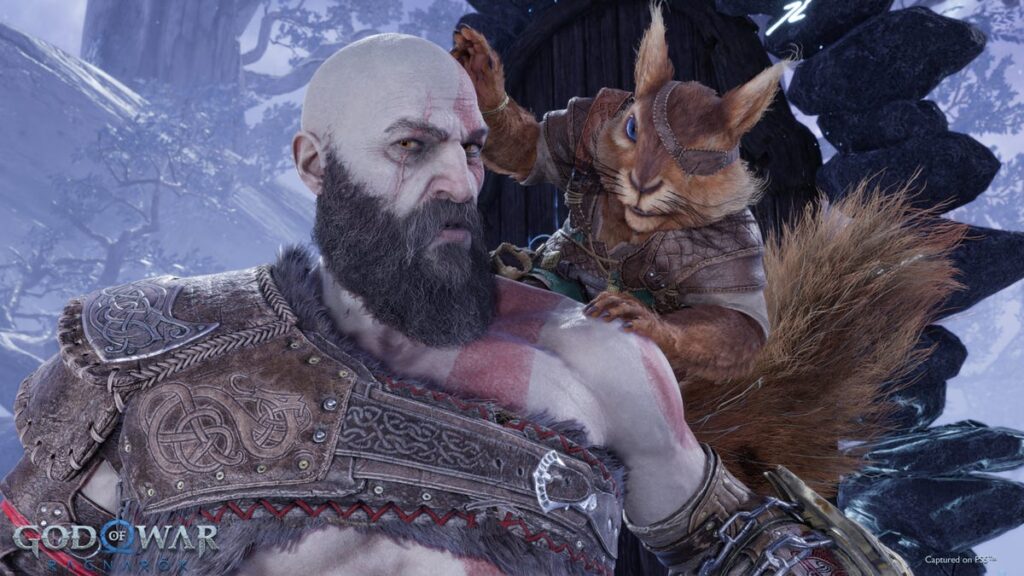
Ragnarok doesn’t have the scale of Elden Ring
Ragnarok may not be on the same magnitude as Elden Ring, but it is still a massive video game. I completed a moderate number of side missions and beat the final fight in 40 hours. According to what I’ve seen, there’s a significant amount of post-game material, including combat trials, a couple superbosses, and an epilogue quest or two. I expect to get another 10 hours out of Ragnarok, whereas completionists will spend 60 to 70 hours playing it.
That’s significant by any standard, but especially so for a non-open world game. Ragnarok deviates from the AAA tendency of putting you in one big sandbox by providing a HUB place called Sindri’s House from which you can visit nine other Nordic kingdoms.
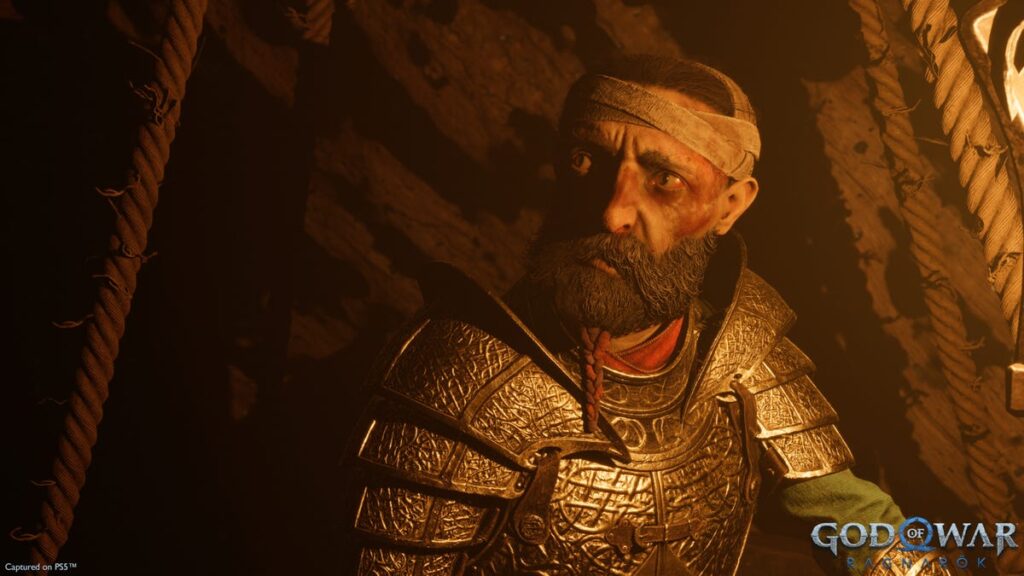
It’s probably superfluous to say this about a blockbuster game in 2022, but Ragnarok looks incredible. The character models, from the fine strands of Kratos’ beard hair to the scratches that reflect on his Blades of Chaos, are outstanding, second only to the game’s panoramas in terms of aesthetic enjoyment.
However, as sparkling as the realms are, it is their level design that actually sets them apart. Ragnarok isn’t an open-world game, but it’s also not a linear experience. Many of the realms you visit are quite large. Hidden places become available as new weapons and equipment are discovered, revealing new territories and quests, and you’ll be pleasantly surprised if you venture off the usual road. The nine realms are so wonderfully conceived that they evoke the same sense of awe – the same desire to examine the luminous item in the distance – that the best open-world games do.
At the very least, all of this is true by the time you finish the game. Because God of War: Ragnarok puts you on a tight leash as it shepherds you through the first missions, the universe takes a while to open up. This isn’t necessarily a bad thing, but it obscures the changes Ragnarok brings to God of War’s level design. The same can be said of the fighting, which progresses progressively during Ragnarok and, by the end, becomes deeper, more varied, and more stunning than God of War from 2018.
Ragnarok seemed more like God of War 1.5 during the first 10 hours or so, when it is more linear and its combat is practically indistinguishable from its predecessor.
Ragnarok feels familiar
I’m nearing the conclusion of the review and haven’t talked much about the fighting and riddles in God of War: Ragnarok. That’s because anyone who’s played God of War in 2018 knows there’s not much to say. Do you remember that game? This is essentially that, but with more of it.
Kratos’ cold Leviathan axe, his scorching Blades of Chaos, and a shield for hand-to-hand battle are all at your disposal. The massive amount of various skills and equipment you gain diversifies combat. Kratos and Atreus soon utilise Runic magic in their assaults and summons, and Atreus’ arrow range expands as well. Kratos has a Rage mode that allows him to channel his inner Spartan, when he glows red and shouts.

The battle might be irritating at times owing to the camera (when grunts surround you, it can feel like you’re fighting the camera as much as the attackers), but it’s usually exciting. If you can tolerate it, watching Kratos and Atreus murder demons in the most innovative ways is still a lot of fun.
Then there are the perfectly pitched puzzles. Traveling through the Nordic realms will require you to think hard to solve some problems, but not so hard that you become stranded for an extended amount of time. It’s all excellent stuff, but anyone who played God of War in 2018 will recognise it. Familiar skill trees, rune puzzles to boost your health and wrath metres, and weapons and accessories.
That sense of familiarity pervades the entire game and never really goes away. It’s a pleasant return because Ragnarok builds on such a solid base. The return to the Nordic kingdoms in God of War: Ragnarok is thrilling, if not as memorable as the previous visit.
Read More:
15-Year-Old Python Flaw Slithers into Software Worldwide
For more, visit Zesacentral!
